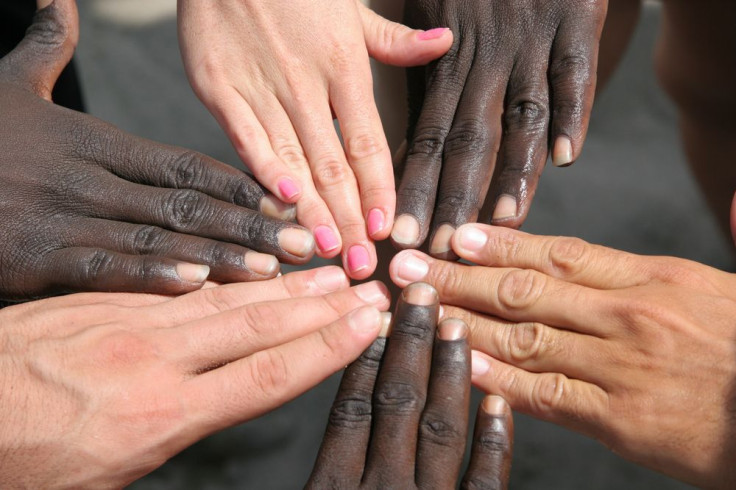Many Minorities Are In The Dark About Skin Cancer: How To Prevent And Spot The Dangerous Disease

Anyone with even the slightest pigmentation in their skin has spoken at one point or another about how easy it is for them to tan. And undoubtedly, with spring break in full effect over the next couple of weeks, many of them will be lying on the beach in Cancun or Miami soaking up some ultraviolet rays. But even though it may be easier to tan and harder to burn, skin should always be protected, or it risks developing skin cancer.
“We need to intensify our awareness efforts for minorities so they fully understand the dangers of sun exposure and what they can do to reduce their risk of skin cancer,” said Dr. Diane Jackson-Richards, a dermatologist at Henry Ford Hospital in Detroit, in a statement. “Our minority populations have this perception that they are at low risk and little can be done to prevent it. The reality is that skin cancer is a significant health concern for minorities. With early detection and treatment, though, skin cancer is highly curable.”
Jackson-Richards’ presentation, called “Skin of Color,” will address these issues on Monday at the annual meeting of the American Academy of Dermatology in Denver.
Indeed, minorities are in the dark about their risk, especially American Indians, Alaska Natives, and Hispanics, who were the top minorities to develop skin cancer between 1999 and 2010, according to the Centers for Disease Control and Prevention (CDC). Incidence rates among blacks, Asians, and Pacific Islanders were less than half of those among the other minorities.
But even though minorities are less likely to develop skin cancer than white Americans, they are far more likely to die from it, as diagnoses tend to occur at a later stage of the disease’s development. According to the Skin Cancer Foundation, 52 percent of non-Hispanic black patients and 26 percent of Hispanics get diagnosed with an advanced stage melanoma — the most common form of skin cancer among young adults, and a major cause of death from the disease — compared to only 16 percent of non-Hispanic whites. This lack of awareness also results in more deaths — the overall five-year survival rate for melanoma among black patients is 77 percent, compared to 91 percent among white patients.
“We must educate African Americans, Hispanics, and other minorities that prevention guidelines are effective at reducing their risk of skin cancer,” Jackson-Richards said in the statement, adding that Hispanic communities tend to have less places to buy sunscreen than non-Hispanic communities. The prevention guidelines she mentioned include:
- Avoiding sun exposure between 10 a.m. and 4 p.m., when the sun’s rays are the strongest.
- Applying broad-spectrum sunscreen with SPF 30 or higher generously. Reapply every two hours.
- Wear protective clothing — long-sleeved shirt and pants, wide-brimmed hat and sunglasses
- Avoid tanning beds and tanning.
- See your physician for a skin exam every year.
- Water, snow, and sand increase your chance of sunburn.
Regardless of race or ethnicity, spotting signs of skin cancer can sometimes be key to early detection. The Skin Cancer Foundation suggests a once-monthly head-to-toe self-examination looking for changes in skin, lesions, or mole-like growths in all parts of the body — use mirrors to inspect every inch of your body. If any of those has changed color, increases in size or thickness, changes texture, is asymmetrical, bigger than the size of a pencil eraser, or appears after you’ve turned 21, visiting a doctor might be a good idea.



























